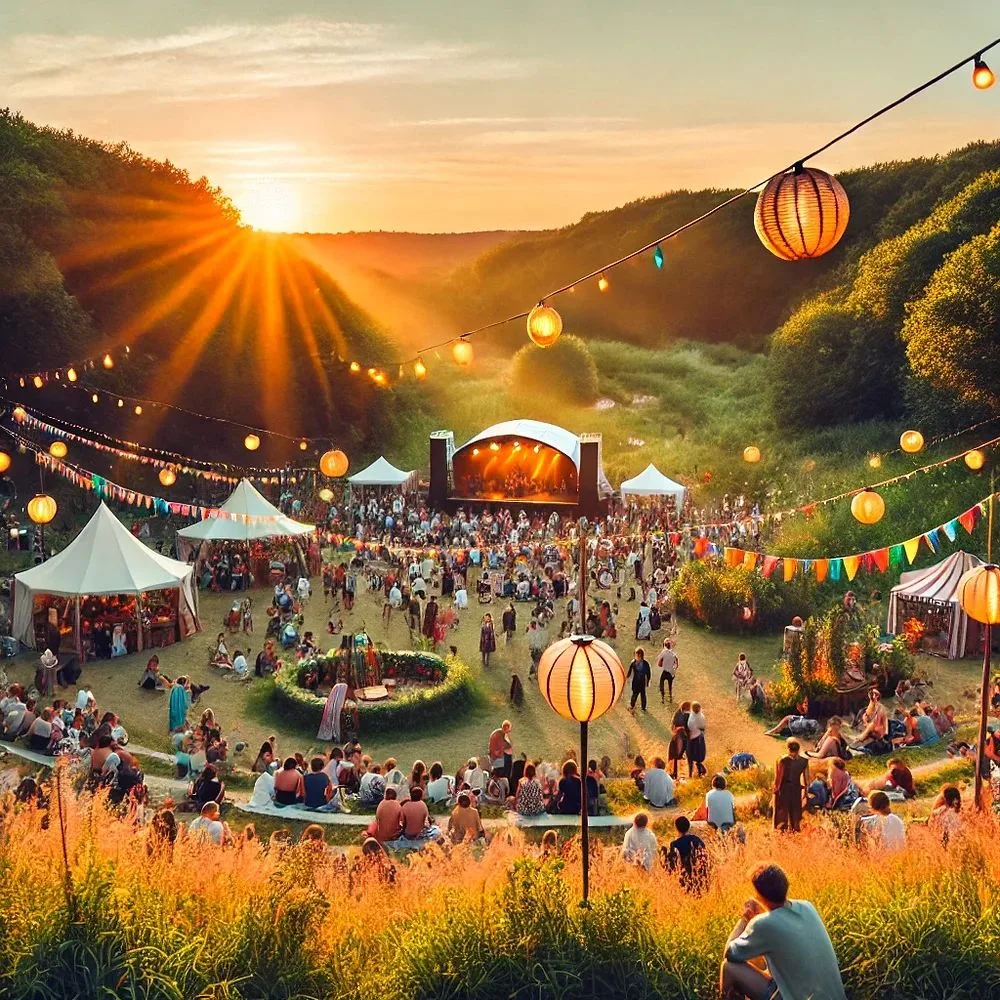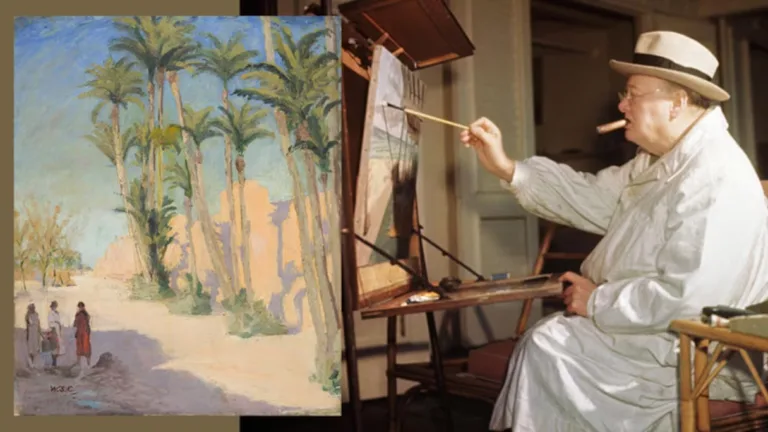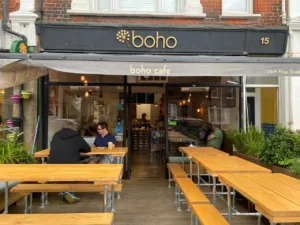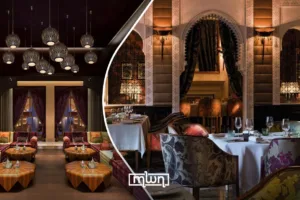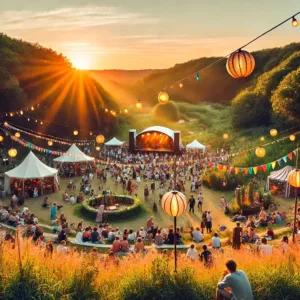Rabat – Looking at the world as a whole, it resembles a colorful canvas, alive with cultures and traditions. Each country tells its own story through rituals and celebrations, turning the world into a masterpiece of human diversity. Let’s lose ourselves on a journey to discover some of these vibrant traditions.
Ashoura – A celebrated day in Islam
Ashoura is an Islamic tradition observed throughout the Arab world, with each country celebrating it in its own way. In Morocco, it is a special occasion that marks both religious reflection and festive traditions. People often fast as part of the observance.
Ashoura falls on the tenth day of Muharram in the Islamic calendar. It is the day when God saved Moses from Pharaoh. For Shia Muslims, the day also has additional significance as it commemorates the martyrdom of Husayn ibn Ali at Karbala.
In Morocco, women gather to play the “ta’rija” and “bendir” (traditional Moroccan drums) and sing customary melodies, while children enjoy water games and receive toys and small gifts. It is also common to eat dried fruits, nuts, and sweet treats (known as “fakia”) as part of the celebration, and teenagers often light Shâala (bonfires) and play around it.
Holi – India
India bursts with color in March as people celebrate “Holi,” the vibrant festival that marks the end of winter and the victory of good over evil.
On this cheerful day, friends and families fill the air with laughter, throwing colored powder and splashing water on one another.
The night before, bonfires are lit to symbolize the burning of evil and the renewal of life. This tradition is linked to the legend of King Hiranyakashipu, who wanted to kill his son Prahlada for worshipping Lord Vishnu.
According to the story, the king’s sister Holika – who was immune to fire – tried to burn Prahlada but was herself consumed by the flames. Bonfires became a symbol of how evil ultimately destroys itself.
La Tomatina – Spain
Every year, on the last Wednesday of August, the town of Buñol in Spain turns bright red as locals and visitors take part in “La Tomatina” – a playful festival where people throw tomatoes at each other for pure fun.
The origins of this unique event remain uncertain, but one popular theory suggests it began in the 1940s when a food fight broke out between teenagers during a local parade.
What started as a quarrel has now grown into one of the world’s most famous and joyful food festivals, bursting with color and flying tomatoes.
Día de los Muertos – Mexico
On November 1st and 2nd, Mexico celebrates “Día de los Muertos,” also called “Day of the Dead.” The festival is celebrated across Latin America, with each country adding its own traditions.
Families welcome the spirits of their loved ones by creating candlelit altars at home, filled with some of the foods and drinks the deceased once loved, along with personal items that were important to them in life. It’s a way of making sure the spirits feel at home and can enjoy a taste of the life they left behind.
Streets and homes are also decorated with brightly colored skulls and skeletons, celebrating life as much as remembering the dead. People believe that during the first two days of November, the departed return to share in the joy and company of their families.
Cherry Blossom Festivals (Hanami) – Japan
For over a thousand years, every spring, from late March to early May, the Japanese celebrate “Hanami,” the tradition of admiring the blooming of “sakura,” (=cherry blossom trees.
Today, people across Japan hold picnics under the cherry trees, sharing food and drinks with family and friends while appreciating the fleeting beauty of the blossoms – a symbol of the renewal and the transience of life.
Sham el nassim – Egypt
A spring festival with Pharaonic origins, “sham el nassim” is a time for Egyptians to welcome the new season with joy and togetherness.
Families across Egypt gather outdoors to enjoy picnics and embrace the beauty of spring and the warmth of togetherness.
Traditional food plays a key role in the festivities, with families enjoying dishes such as “fesikh” (salted fish), kipper, green onions, and brightly colored boiled eggs.
Beyond food and picnics, “sham el nassim” is a celebration of life and community. The festival bridges Egypt’s ancient heritage with modern traditions, reminding everyone of the enduring connection between people, culture, and the natural world. It is a moment to step outside, breathe in the fresh air, and appreciate the simple joys that spring brings.

